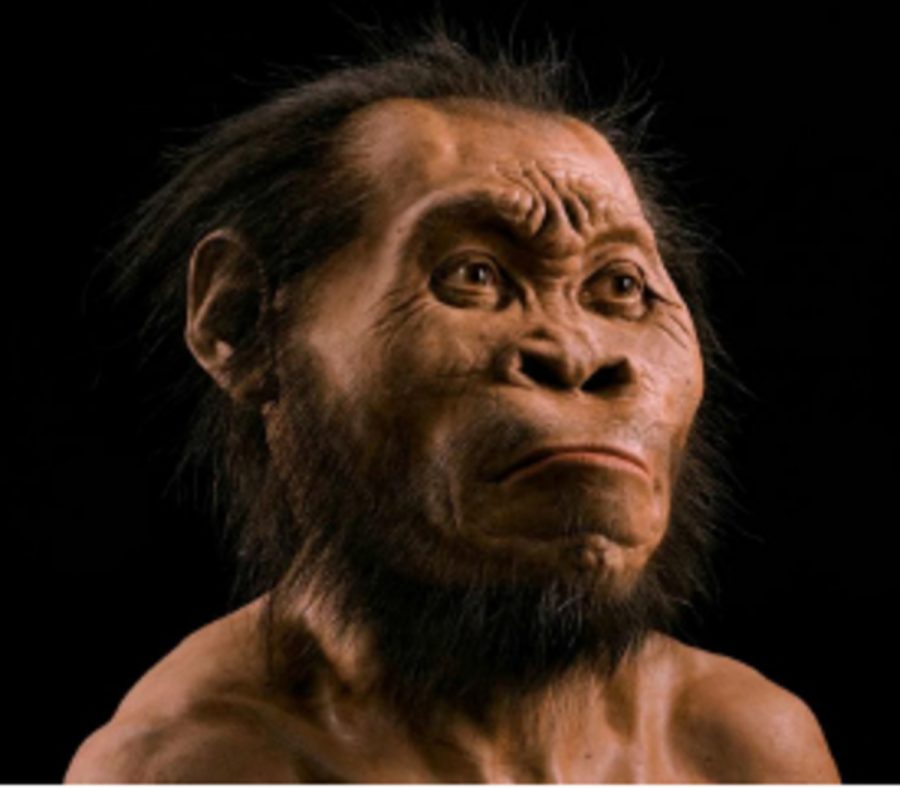‘Homo naledi’: new ancestor
This is a recreation of Homo naledi created by National Geographic. The fossils found came from a broad population, with male and female, as well as old and young represented. The bones indicate a connection between the earliest known members of the Homo genus and the closest ancestors that preceded them.
A novel species in the human family tree has been discovered. Scientists have named it Homo naledi after the Sotho language’s name for the cave, Dineladi, in which the fossils were found.
Homo naledi shares many characteristics with both apes and other early humans. It had an orange-sized brain and curved hand with long fingers, suggesting it had not yet evolved a large brain and still climbed trees.
However, Homo naledi possessed long legs and humanoid feet, indicating that it could and did walk or run long distances.
John Hawks of the University of Wisconsin-Madison said in a paper describing the species, “Overall, Homo naledi looks like one of the most primitive members of our genus, but it also has some surprisingly human-like features, enough to warrant placing it in the genus Homo.”
Lee Berger, a professor at the University of the Witwatersrand in Johannesburg, South Africa, and his team of cavers were the finders of what is thought to be a burial chamber. Homo naledi is thought to have interred its dead there.
Berger said, “There is no damage from predators, there is no sign of a catastrophe. We had to come to the inevitable conclusion that Homo naledi, a non-human species of hominid, was deliberately disposing of its dead in that dark chamber.”
Part of the reason for the classification of Homo naledi as an early human is the behavior of burying its dead. Scientists believe that such actions are only performed by humans.
Berger said, “Until the moment of discovery of naledi, I would have probably said to you that it was our defining character. The idea of burial of the dead or ritualized body disposal is something utterly uniquely human.”
“It absolutely questions what makes us human. And I don’t think we know anymore what does.”
Your donation will support the student journalists of Sycamore High School. Your contribution will allow us to purchase equipment and cover our annual website hosting costs.



